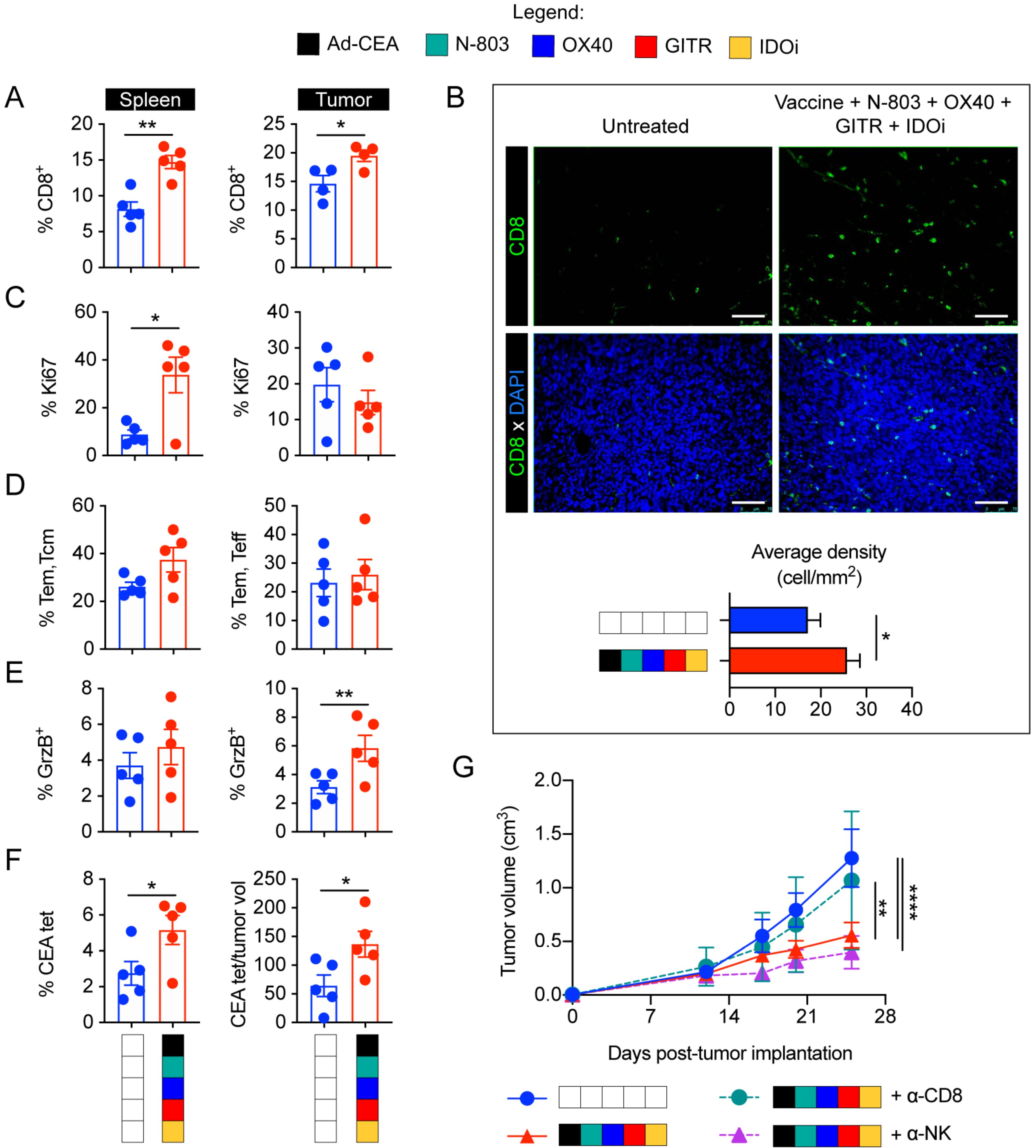Figure 6. Antitumor response by Ad-CEA, N-803, OX40, GITR, and IDOi combination (pentatherapy) is correlated and dependent on CD8+ T-cell activation.

Female C57BL/6-CEA-Tg mice (8–16 weeks old; n=10/group) were inoculated with 3×105 MC38-CEA cells on the flank (subcutaneous, s.c.). Tumor-bearing mice were either left untreated or administered with the pentatherapy combination using the treatment schedule described in Fig. 3A. A. Spleens and tumors were collected on day 28 post-tumor inoculation and assessed via cytometry for CD8+ T cells (gated on live, CD3+ cells). B. Tumor infiltration of CD8+ T cells was assessed via immunofluorescence. C-F. Using flow cytometry, CD8+ T cells were further examined for (C) Ki67+ cells, (D) CD44+ and CD44+CD62L+ cells, and (E) granzyme B+ cells, as well as (F) CEA-tetramer staining. Student t-test. G. Pentatherapy-treated mice were injected with CD8- or NK-depleting antibodies on days 3, 4, 5, 12, 19, and 26 post-tumor inoculation. Tumor growth was monitored. Two-way ANOVA with Tukey’s post hoc test; *P<0.05; **P<0.01; ****P<0.001. Error bars represent mean±SEM. These studies were repeated 3–4 times with similar results.
